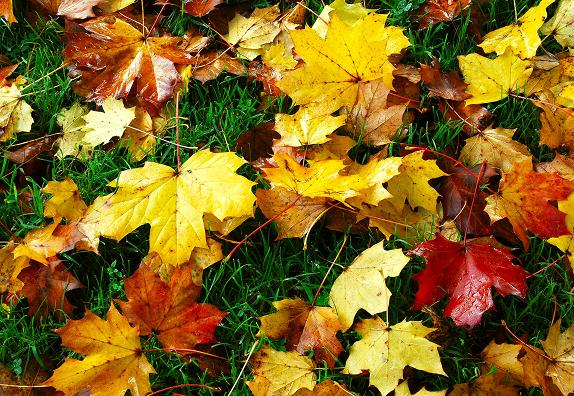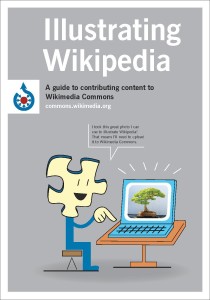
We’re well into the fall term now, and student editors will be breaking out of sandboxes and into Wikipedia’s article namespace to edit and create articles. As they do so, many will want to add images or other illustrations to the articles they’re working on. One of the first issues instructors may encounter as students begin editing Wikipedia for their course assignments is copyright in regard to these images.
It can help to survey student assumptions about copyright before you begin. Most students have never had to really understand copyright rules, especially within the global context where Wikipedia operates. Students may assume that if they don’t see a copyright claim on an image on the Web, it isn’t copyrighted. Others may be resistant to putting their own images into Wikimedia Commons, assuming it means they give up their rights to the work.
Wikipedia is based on the idea that the knowledge it contains can be used freely by anyone. Students should know that this is the result of creators, writers, and other content producers providing these resources to Wikipedia — in this sense, the original authors must contribute or “donate” this contribution — and, with few exceptions, nobody else can do this on their behalf.
Making this rule clear to students early on, and reiterating it throughout the course, is useful in preventing material from being uploaded to Wikipedia or Wikimedia Commons that doesn’t belong there. Encourage students to ask a very simple question: Did I make this? If the answer is “No,” they probably don’t have the right to upload it. This includes:
- Logos
- Promotional materials (such as for bands or movies)
- CD or DVD covers
- Screenshots or images of software, web sites or film stills
- Images of artistic works (unless those works are in the public domain)
A great, easy resource for explaining all of this is on page 3 of the Illustrating Wikipedia guide [PDF] (also available in print from the Wiki Education Foundation for instructors participating in our program).
From there, things can get more complicated: “Remixing” or enhancing work found on Wikimedia Commons, the media repository that powers Wikipedia and sister sites, is generally allowed. Government data, public domain resources, and similarly free-licensed materials are fair game, with certain restrictions.
Photographs students take themselves, or illustrations such as charts, graphs or diagrams they create, are also shareable. Instructors may want to familiarize themselves with the Creative Commons license that governs the use of Wikipedia content so they can offer better guidance to students, and again, the Illustrating Wikipedia guide [PDF] has an excellent summary of these licenses on page 10.
Some quick references for Copyright questions:
 The Illustrating Wikipedia guide [PDF], our guide to creating and sharing images, has some excellent material explaining the Creative Commons license, and simple, illustrated outlines of what is OK and what isn’t.
The Illustrating Wikipedia guide [PDF], our guide to creating and sharing images, has some excellent material explaining the Creative Commons license, and simple, illustrated outlines of what is OK and what isn’t.
Wikipedia’s Frequently Asked Questions list about copyright gets into the nitty-gritty details of many different copyright scenarios. There is also a good, quick guide specifically regarding the copy and pasting of text — a subject we’ll dedicate another blog post to in the future.
What are your ideas for navigating copyright and the commons with students?
